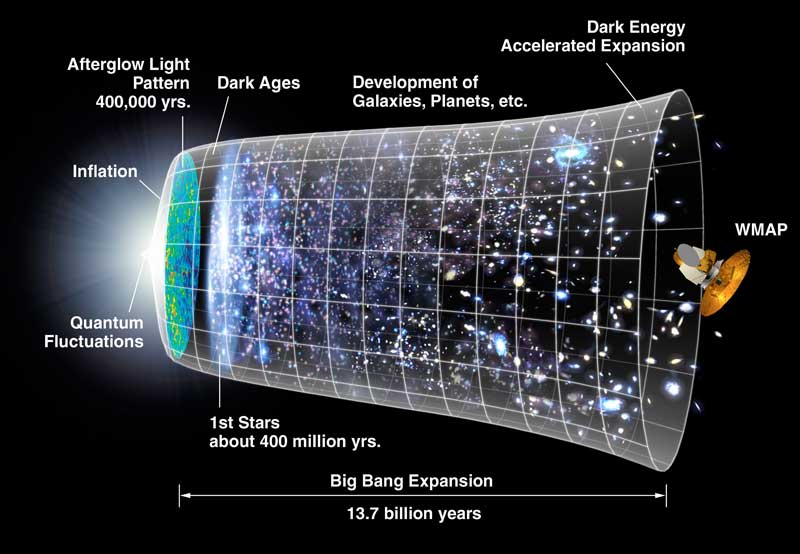Right after posting my last entry we headed to the Old Melbourne Gaol (misspelled Goal in some brochures), but on the way we spotted posters for the free exhibitions at the State Library of Victoria, including Ned Kelly’s armor (which is what I’d been hoping to see at the Old Gaol). We happened to get the benefit of an amusing pair of docents doing Good Cop/Bad Cop on Ned Kelly for a group of uniformed schoolgirls (though he was a common criminal, neither revolutionary nor Robin Hood, he is considered a folk hero by some Australians).
In the evening we took a tour bus to Phillip Island for the nightly Penguin Parade. This is a highly touristy event but it was recommended to us by our friends Paul and Debbie and we’re really glad we went. It was about two hours’ drive from Melbourne. You wait in these bleacher-type seats watching the surf as the sun sets, and just as it starts to get dark you see what looks like a whitecap slowly moving up out of the ocean and across the sand. As it gets closer the shimmering white blob resolves into individual birds: tiny one-foot-high penguins waddling as fast as they can across the sand. Once they reach the vegetation line they slow down and stroll as much as a kilometer up into the dunes until they reach their burrows and waiting mates, and you can walk along the boardwalk and follow them. They make a weird cawing trilling racket, and you can hear the tiny pattering sounds of their wet penguin feet on the sand. Yes, we paid good money to see penguins commute. But they were so cute!! Highly recommended.
The next day I got a long black (Americano) from the coffee bar in the hotel lobby and tried the “Tim Tam Slam.” The cookie just melted and I dropped it in the coffee. Might have worked better if the coffee hadn’t been so hot.
That day we had signed up for a Savannah Walkabout along with Seanan McGuire, two other fans, and four non-fans. The point of this expedition was to view Australian fauna in the wild; if this had been Africa it would have been a safari. We drove out into the boonies (passing through the small town of Little River, after which the band is named, to You Yangs Park and Serendip Park), viewing a billabong (Australian oasis) and many cockatoos, corellas, magpies, gullahs, and other birds along the way. In the park we were joined by a nature guide who had been out spotting koalas for us; she led us to three of them, munching contentedly in their trees. After lunch and the Billy Tea Ceremony (which consists of swinging the billy (kettle) rapidly over your head to settle the sediments) we went off looking for kangaroos and emus. (How to tell the difference between a kangaroo and a wallaby: if you see one by itself and it’s less than waist-high it’s probably a wallaby; bigger and in mobs are kangaroos. “We’re not a mob,” said Seanan. “We are respectable business marsupials.”) We stalked the wild kangaroo and emu all afternoon, sneaking to within good binocular distance of the kangaroos and closer to the emus. The kangaroos and emus hang around together; the emus, being faster, provide an early warning system for the kangaroos. The ‘roos watched us at all times while we were near, and when we got too close (or when, for reasons of their own, they decided to move) they loped gently and silently away. We also saw the skeletonized remains of a ‘roo, which Seanan found fascinating (but she did not wish on its paw; probably wise). An exceptional day.
Today we checked out of our pre-con hotel and met up with Murray Moore, Leslie Turek, Pricilla Olsen, Karen Schaffer, Mike Ward, Andy Porter, and others to visit Bruce Gillespie and Elaine Cochrane and their suburban home, cats, garden, and collection of Ditmars. Elaine fixed us a delightful lunch and we spent the middle part of the day smoffing and chatting about fanzines. Then we returned to Melbourne, dragged our bags over to the con hotel, and checked in. The brand-new South Wharf Hilton has a lot of dark wood and glass and feels like the Doug Fir restaurang in Portland. We met George R. R. Martin, Amy Thomson, and John Scalzi in the hotel lobby, and had dinner with Lenore Jones at Cafe Keyif across the river (“on the mainland” says Kate). As we were finishing up dinner, Doug Faunt came in and we chatted with him for a while before returning to our hotel. We didn’t manage to get registered at the con but our convention has already begun.
We didn’t take this picture but the penguins are that small, that close, and that cute
Jeanine, our guide for the Savanna Walkabout
Took this shot of some ‘roos through my binoculars
















Recent Comments